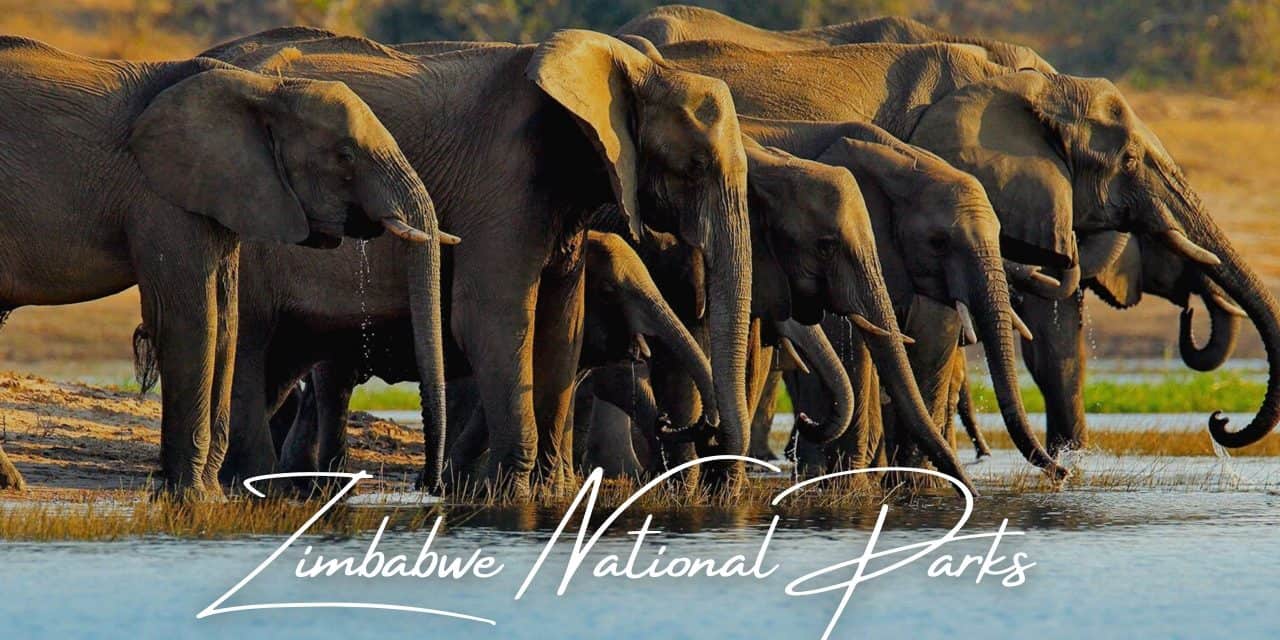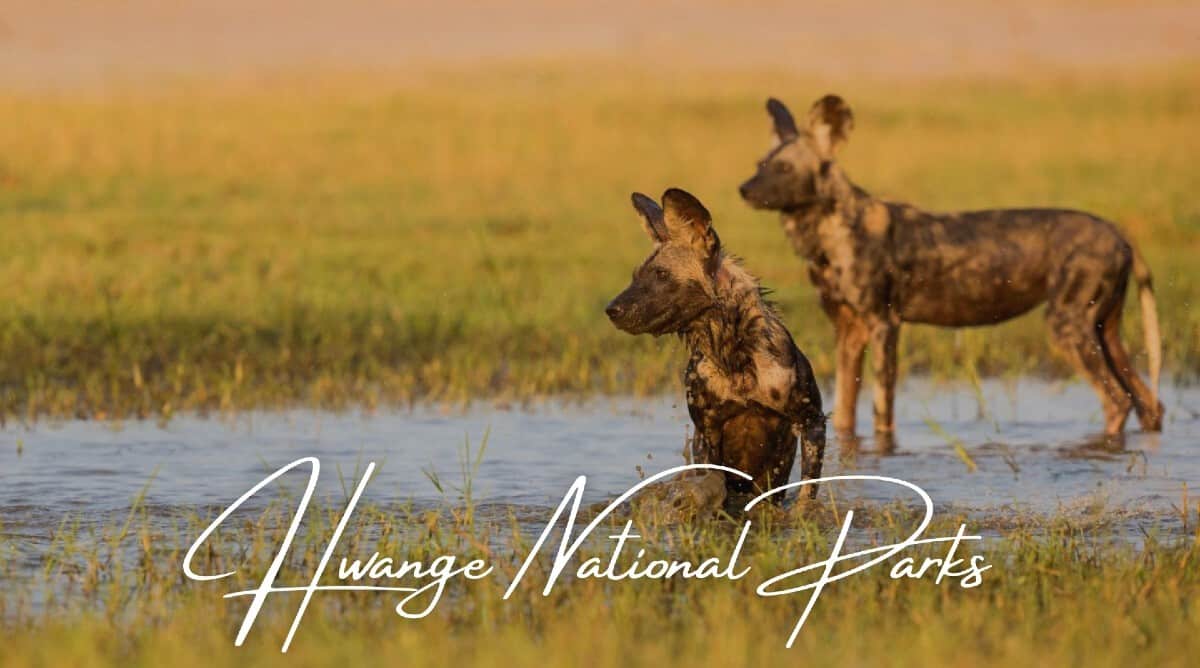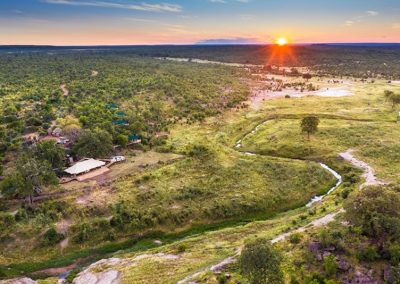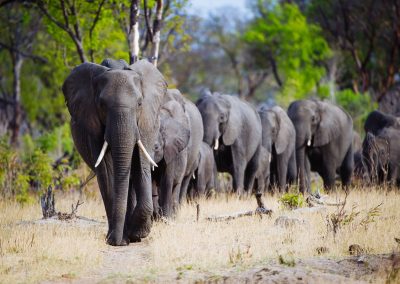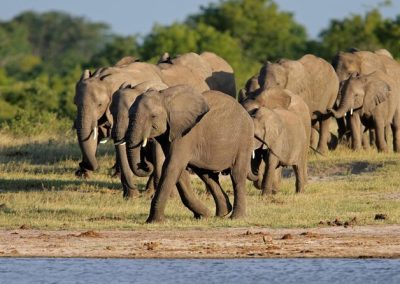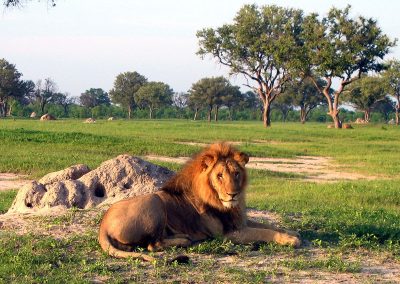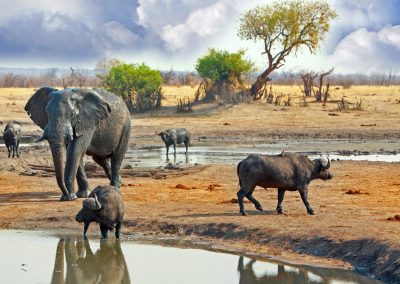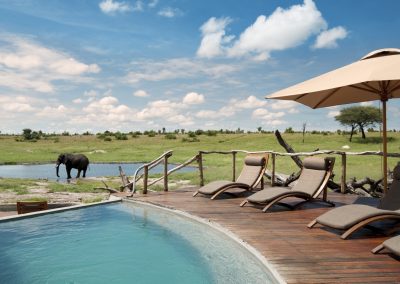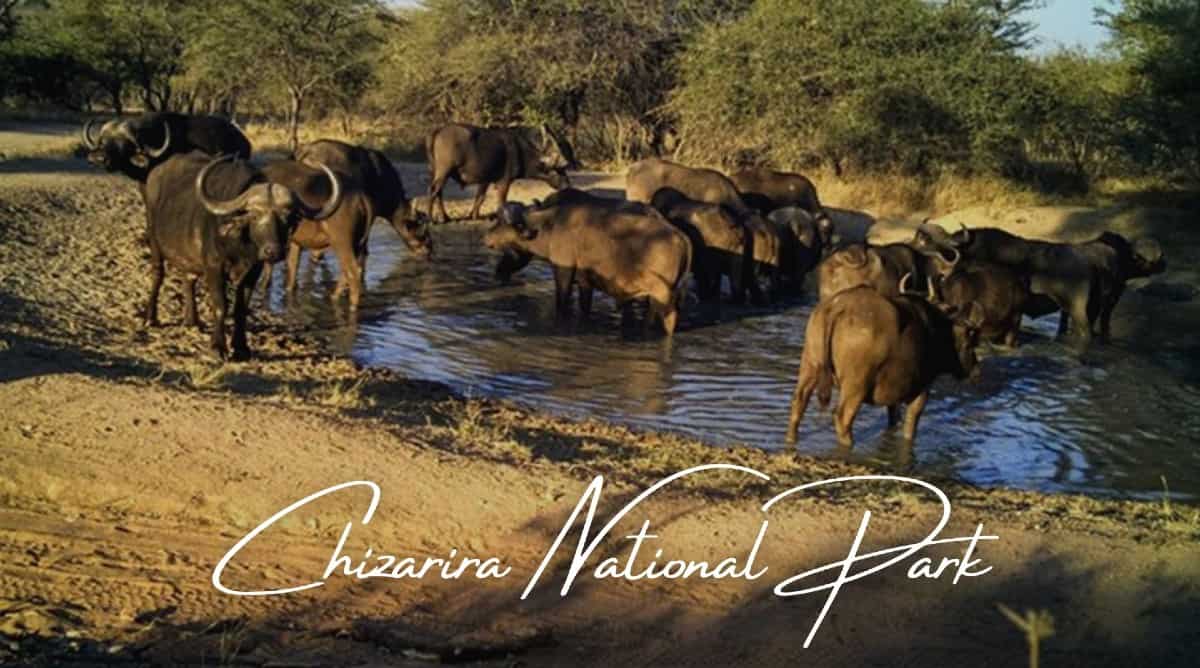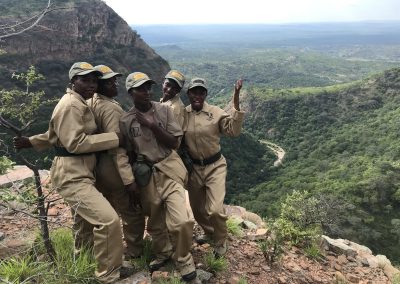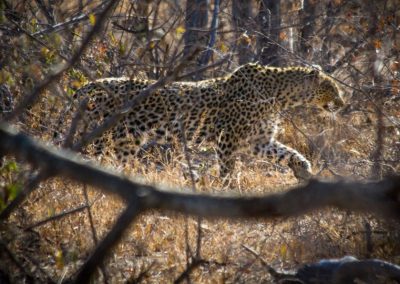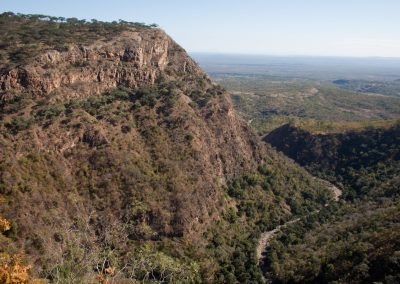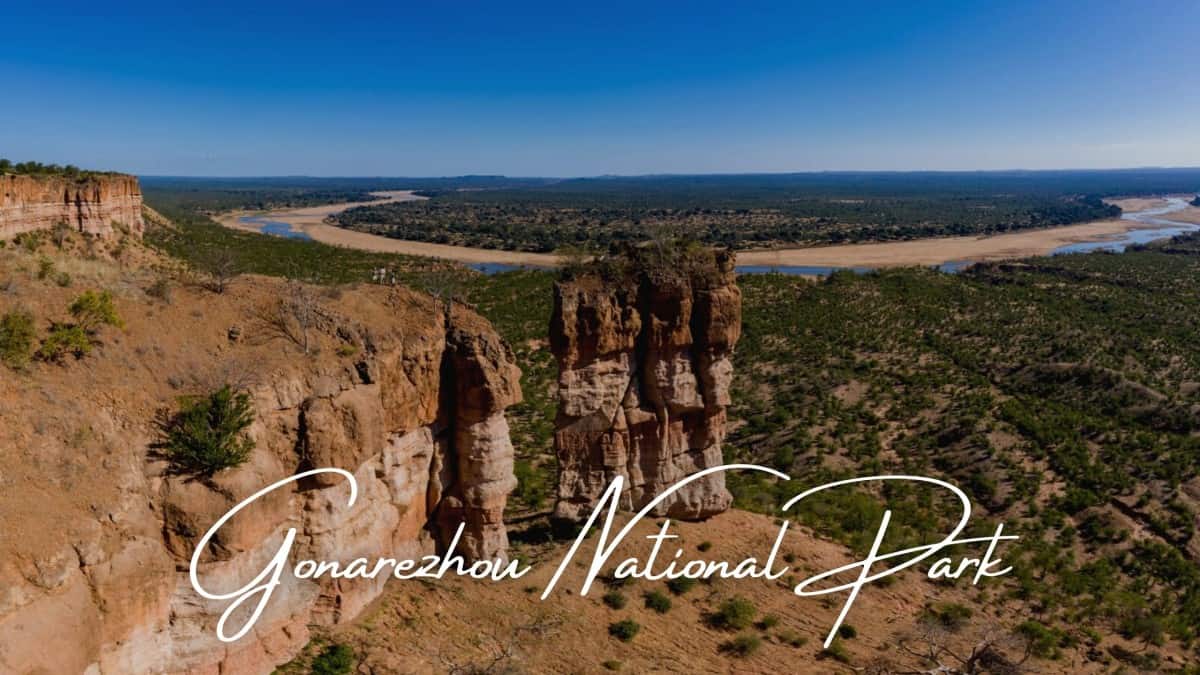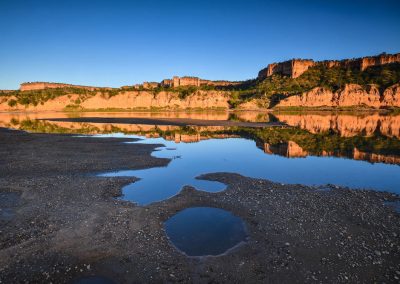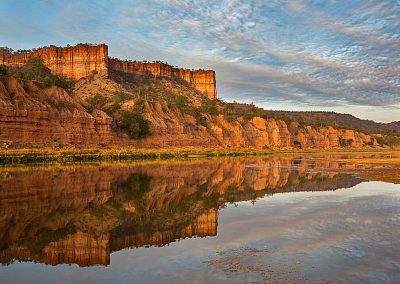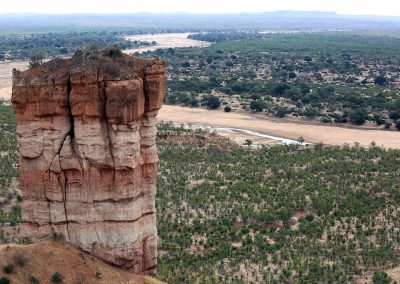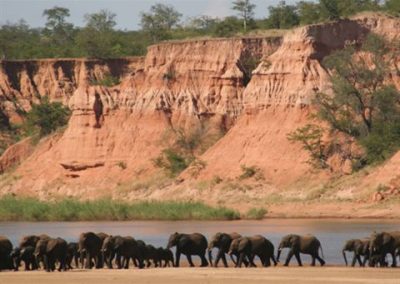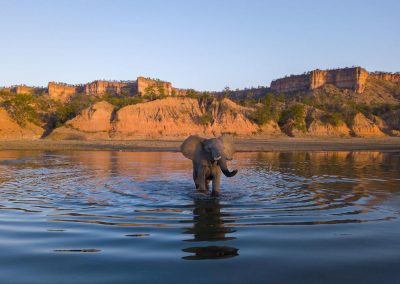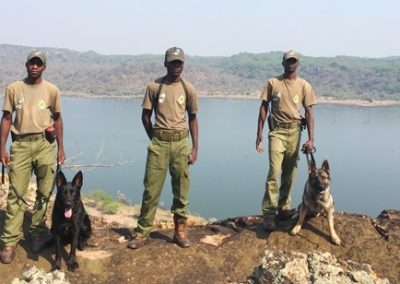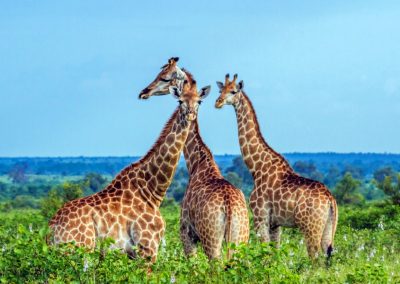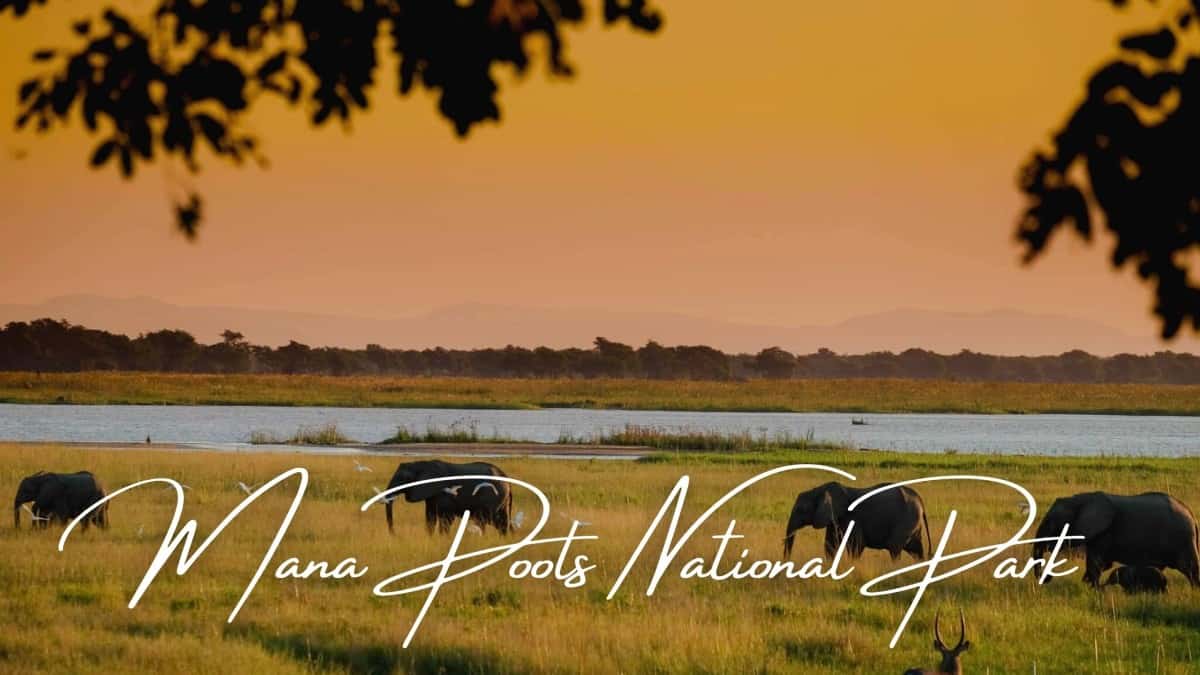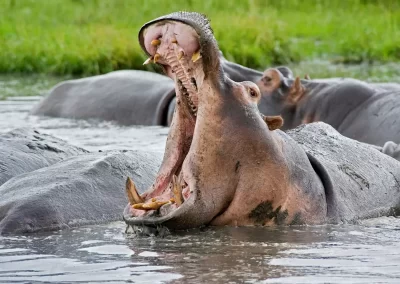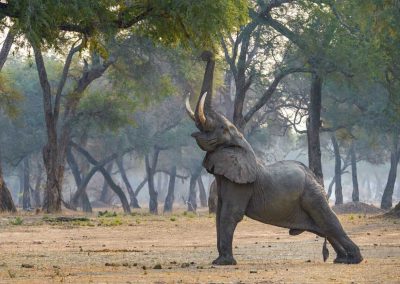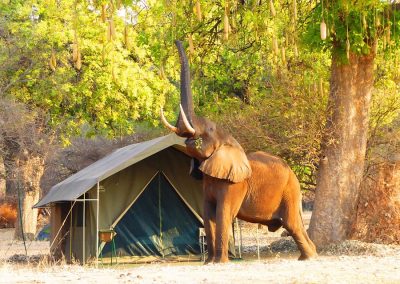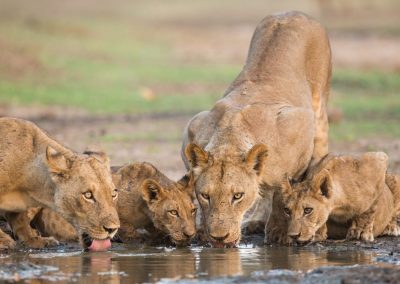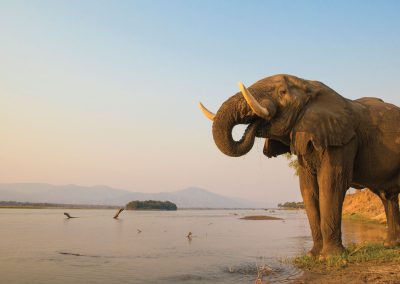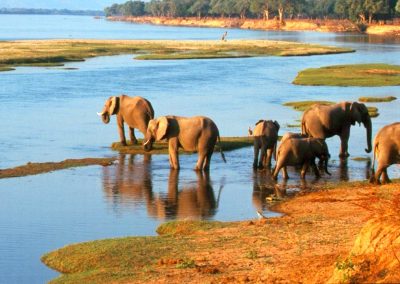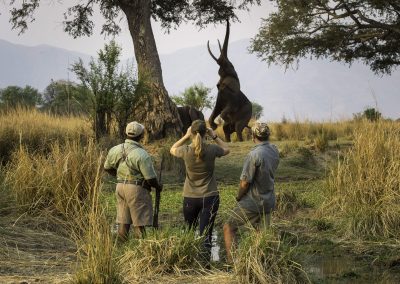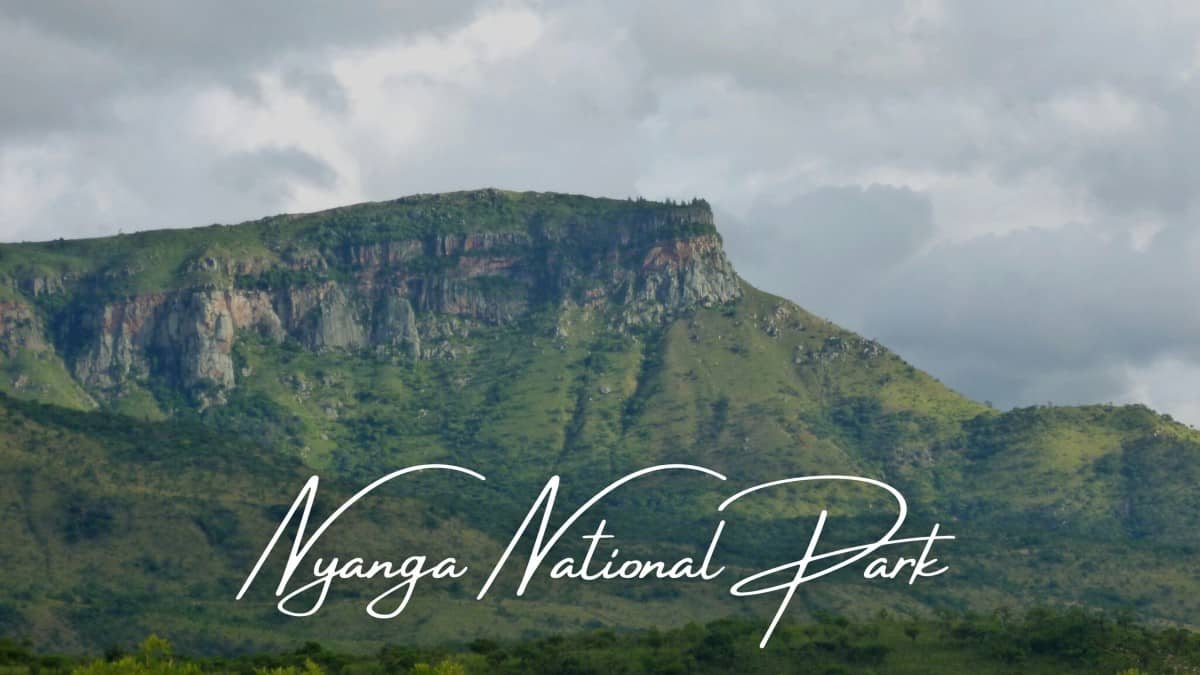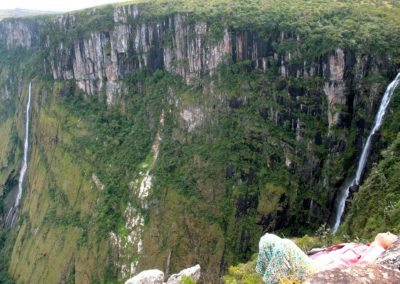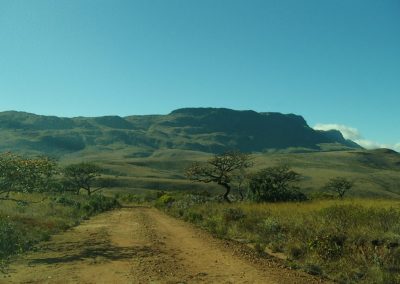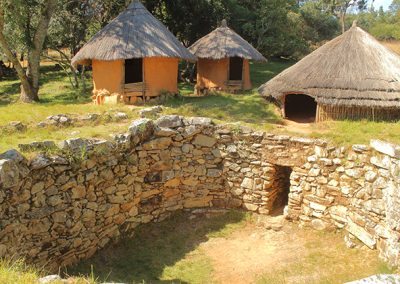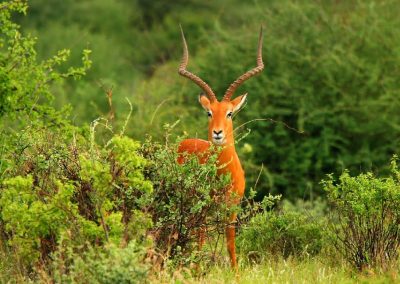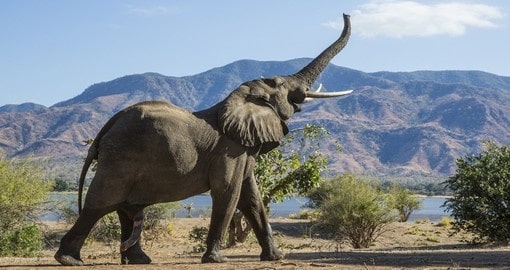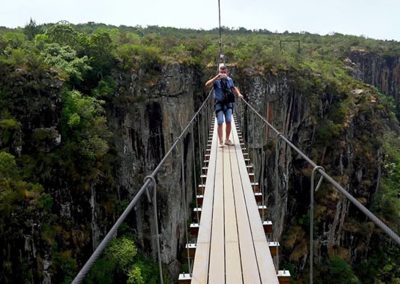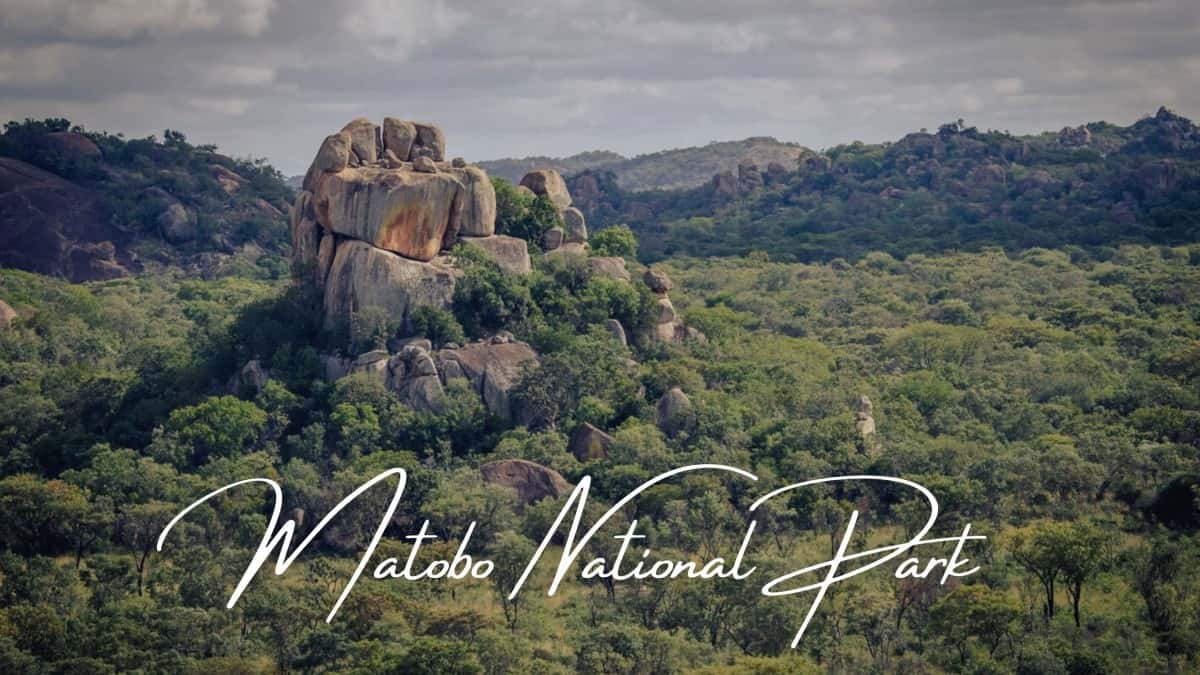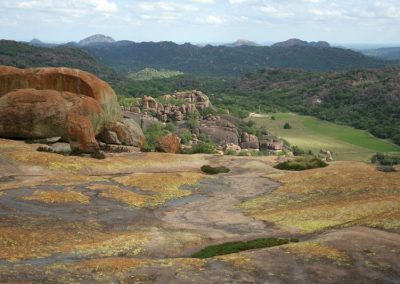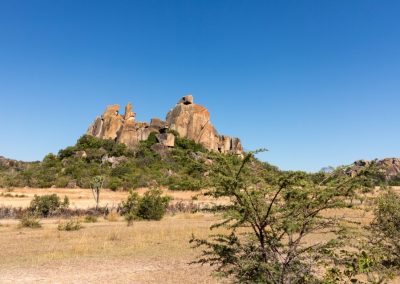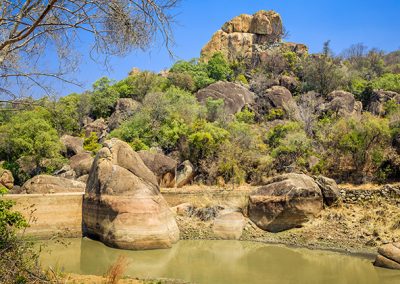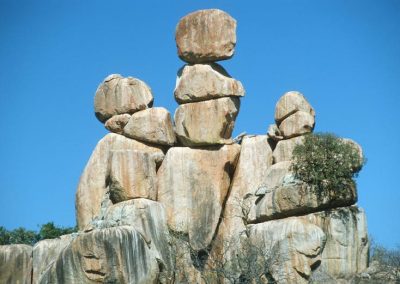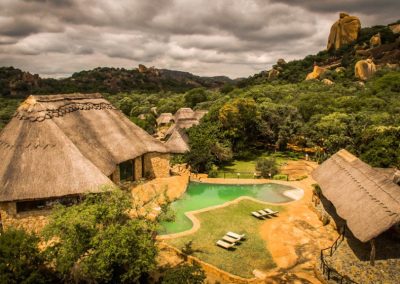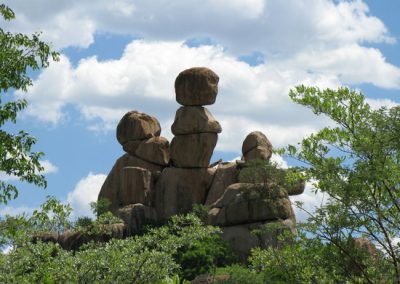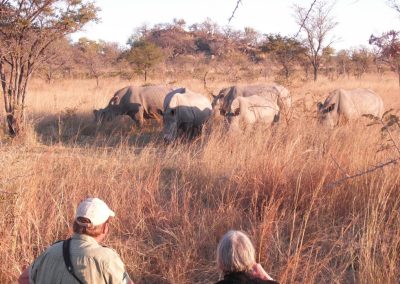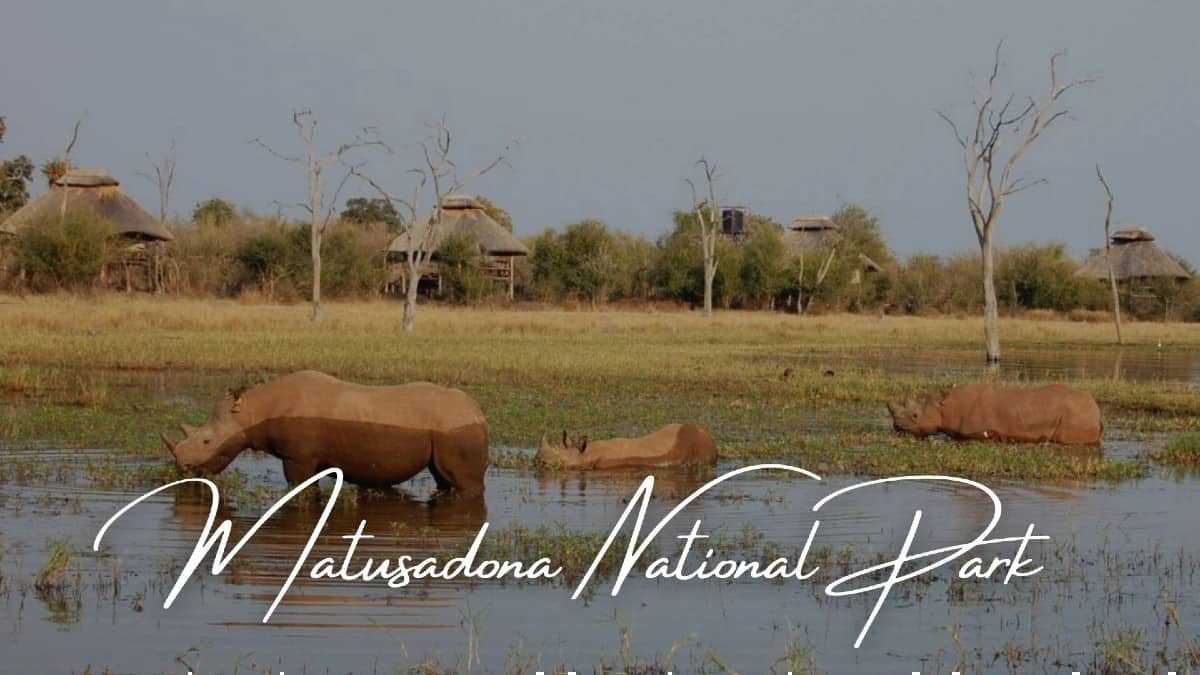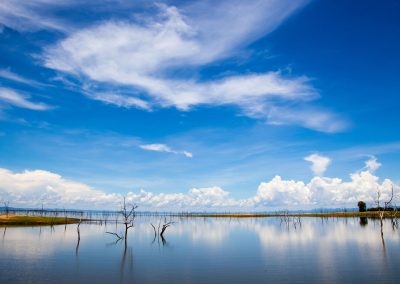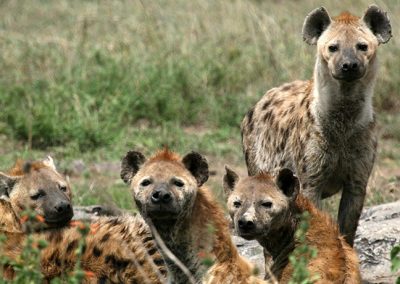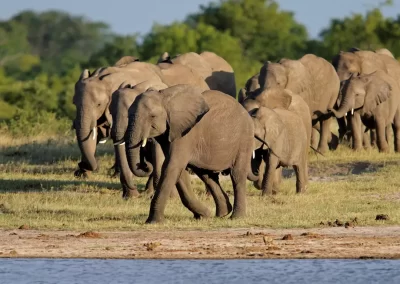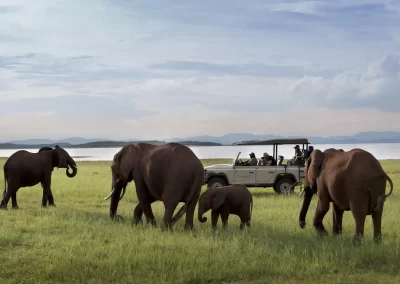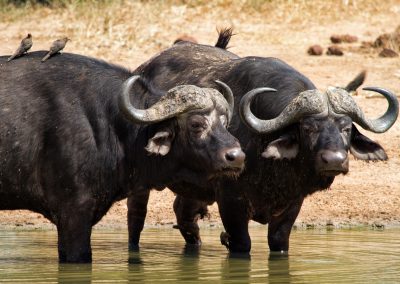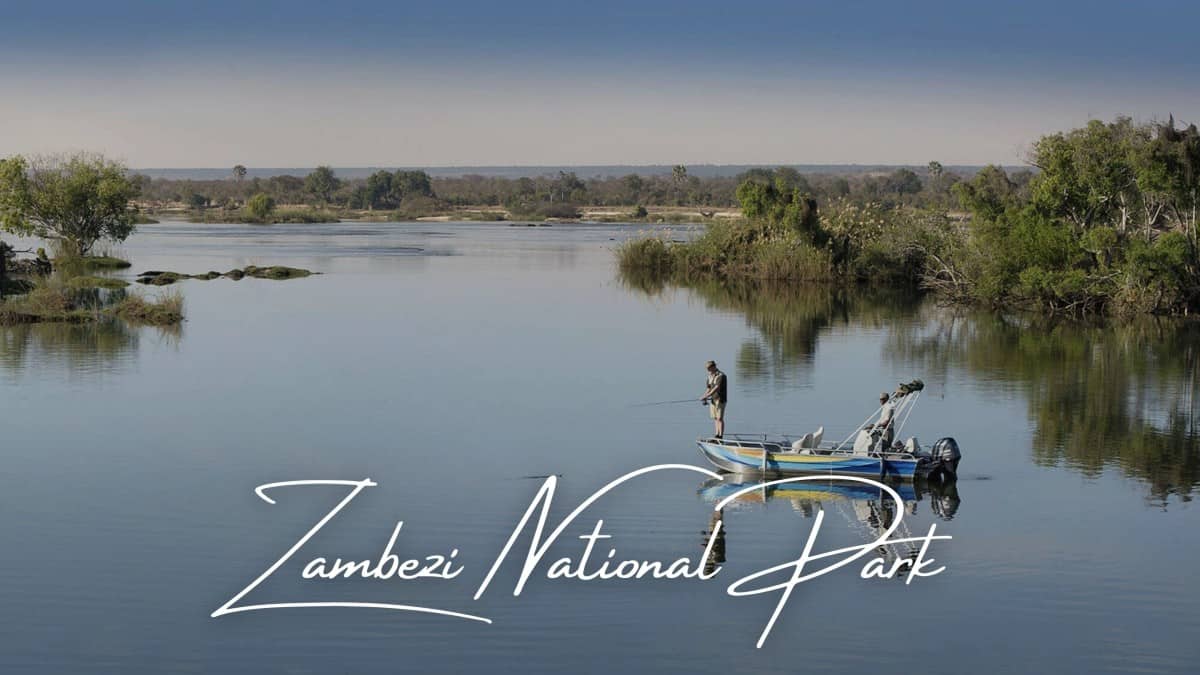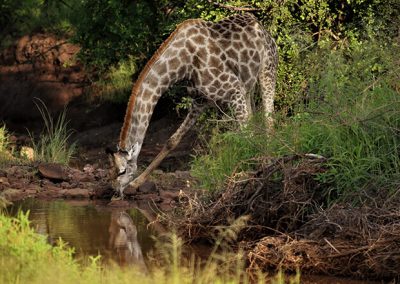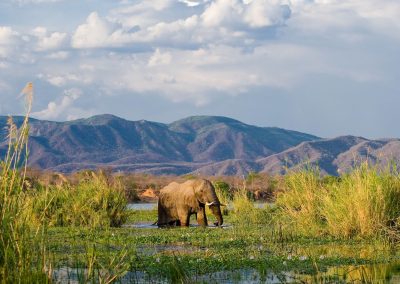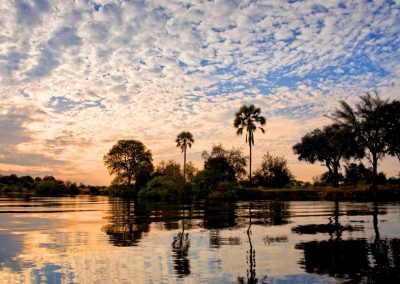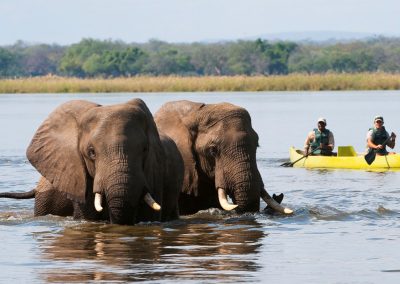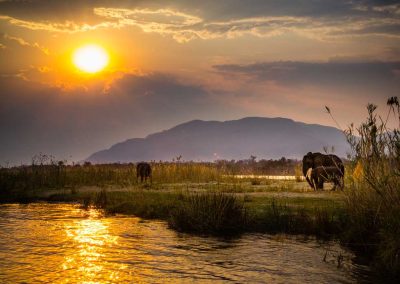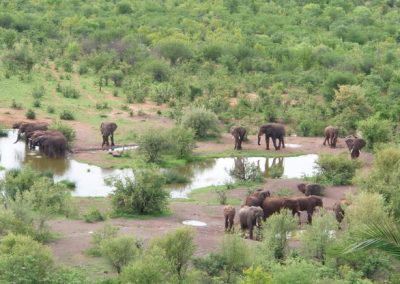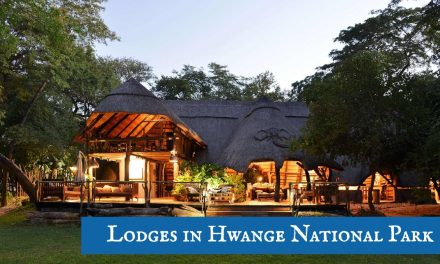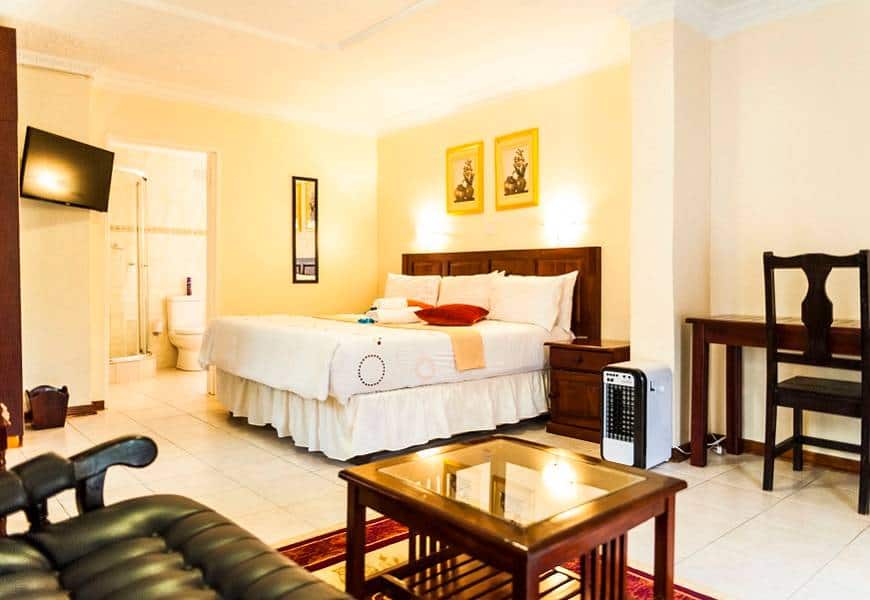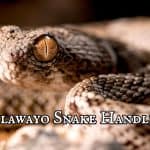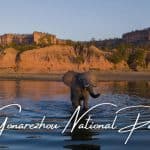Table of Contents
Our Guide to 8 National Parks in Zimbabwe
Welcome to the ZimNinja guide to the National Parks in Zimbabwe. Today we are discussing the 8 biggest national parks.
Zimbabwe is world-renowned for its beautiful scenic safari parks and this is why so many people travel from around the world to stay in some of the best-designed safari lodges and get a chance of a lifetime to view our amazing wildlife.
Below is a breakdown of each park to give you a better idea of what to expect.
Enjoy…
Hwange National Park
Hwange National Park is a large reserve of wildlife in Zimbabwe. The area is part of the Hwange District in northern-western Zimbabwe. The district is located in southern Africa. The area is also a popular tourist destination. The national park is located in a region of the country known as the ‘Hwange Forest’. The park is one of the largest in Zimbabwe and attracts visitors from all over the world.
Accommodation in Hwange
Hwange National Park offers some of the best accommodation in the world with boutique safari lodges for all walks of travellers. The majority of the lodges have their own waterholes which allow you to enjoy all the wildlife from the comfort of your own lodge.
Best time to Visit the Park
The best time to visit the park is between November and April. This is the dry season, which is the best time to see lions, elephants, and other big cats. In contrast, the wet season, which lasts from November to April, can be crowded with animals. As a result, you will be able to enjoy more solitude. Still, a good chance of seeing a leopard or a cheetah will increase your chances of seeing one of these two predators.
There are two main seasons in the park. There are a dry season, which is the best time to see lions and leopards, and a wet season, which are ideal for watching birds. The dry season is the best time to see the wildlife. You can expect to see zebras, giraffes, lions, and more. The park has many raptors, such as cheetahs, and a variety of other large predators.
The rainy season in the park is a great time for wildlife viewing. This is the time when you can spot gemsbok and large family herds of elephants. During this time, most water holes in the park are pumped. Therefore, the animals will concentrate on these water sources. The bird population will be much more active during this period, making it an excellent time to enjoy the park’s wildlife. The rainy season is also a great time to spot lions and leopards.
Most Popular National Park
The park’s diversity is another reason it is a popular tourist destination. The region is home to large herds of elephants and is also home to the rare brown hyena. The park is home to a huge number of animals, and many of them are adapted to the area. Some of these animals are very shy, while others are very social and can easily be spotted in the park. The diverse landscape and high density of species mean that you can get close to them without disturbing them.
History of Hwange National Park
While the park has a rich history and many wildlife species, the lack of water in the area has had a significant impact on the park. During the dry season, the wildlife population drops to as low as 1000. Fortunately, there are 60 artificial water holes in the park. During the rainy season, the remaining vegetation and animals survive on the ‘pans’. There is little water for the animals to drink, so the habitat is constantly being restored.
4×4 Experience
To see these animals, you must have patience and a 4×4 vehicle. In addition to being able to see more wildlife, the park is also home to numerous bird species. The most common species in the park are the zebra and the lion. There are also a number of other species in the area. You should be able to see them during the dry season, and you’ll find them in the park.
The dry season in Hwange is between June and October. Because of the dry climate, much of the wildlife in this area migrate to the area to seek water. Because of this, the area is also home to a variety of bird species, including lions, elephants, and hyenas. During the dry season, the area is often inaccessible by car. In the dry season, it’s best to stay in a tented camp or private bush camp.
Bird Wildlife
The Hwange National Park is home to over 400 species of bird and mammal species. It is also home to the largest population of African wild dogs in the world. Other animals you may see in the park include leopards, cheetahs, and spotted hyenas. While the park is an ecologically sensitive area, there is no danger of a wild animal attack on you.
Images of Hwange National Park
Chizarira National Park
The Zambezi Escarpment is the backdrop of the magnificent scenery of Chizarira National Park. It is the third-largest national park in Zimbabwe and its landscape is dominated by the majestic ranges of the escarpment. The national park is home to good wildlife populations. While Chizarira is one of the least-known national parks, it offers a great wildlife experience. The habitat is rich in plants and animals.
Best time to visit the park
The most popular time to visit Chizarira National Park is during the dry season, from April to October. The cool weather is perfect for walking safaris in this park. You’ll find many small plains game here, including elephant, buffalo, and nyala. It is a fantastic place to spot leopards, lions, and spotted hyenas. The open plain in Chizarira is perfect for spotting these species.
The southern part of Chizarira National Park is the Binga Communal Lands, which surround the park’s northern boundary. You can also see a rare bird in the area, the African pitta. This species of the falcon is not terribly conspicuous, but it is a unique sight to behold. It is very unlikely to see an adult taita in a crowded national park.
Wildlife Galore
The wildlife is abundant in Chizarira. Some species are critically endangered, while others are only found here. The park has been a sanctuary for black rhinoceros and is the last great wilderness in Zimbabwe. The Angola Pitta, a species that has adapted to life in the wilds, is one of the most impressive. You can enjoy big game viewing and watch a multitude of birds.
In the north, the Zambezi escarpment is the escarpment, which dominates the park. The mountain range is the highest point in the park. You can see a black lion in the park’s south. The Zambezi escarpment dominated the south half. There are several other raptors in Chizarira, including the African Bateleur.
Chizarira National Park Accommodation
The national park boasts seven camps with their own facilities. Some of the popular campsites are at Mucheni View Camp and Mucheni Gorge Camp. These sites offer great views of the majestic gorge. The Sengwa River is difficult for locals to cross and is a source of unique wildlife. Both sexes and the Taita Falcon nest in the national park. The three rivers in the north of the park are a perfect combination for the Zambezi Valley. The two parks are the only ones to have the permanent infrastructure.
The Chizarira National Park is located in the southwest part of the Zambezi valley. The escarpment rises 500 meters above the valley. The terrain of the park is broken, but the park has lush vegetation. The Busi River is a major water source, which flows from the west side of the park. There is also a waterfall in the area. The mountain ranges are found in the southwest of the country.
The main feature of the park is the central watershed. The escarpment of Chizarira is characterized by lush pockets of vegetation hidden between the Prince-of-Wales feathers. The Sijalila mountain range also provides some of the most spectacular views of the region. In addition to elephants, tigers, buffalo, and leopards are also present in this park. There are over 400 different species of birds and animals in the area.
Main Attractions
The main attraction of Chizarira is the antelope population. While the park is home to four of the Big Five animals – buffalo, greater kudu, klipspringer, and giraffes – this park has a diverse ecological zone and is accessible via several access points. It has no rhinos, but it does have elephants. It is possible to see a few of these animals.
The name “Chizarira” is derived from the Tonga word “chijalila”, meaning “great barrier” in the Batonka language. The escarpment forms the western border of Chizarira National Park. This mountain is home to numerous swifts, such as Falco fasciinucha and Aquila verreauxii. The escarpment is the western edge of the park.
Images of Chizarira National Park
Gonarezhou National Park
This unspoiled wilderness in Zambia is home to an incredible diversity of plant and animal life. The Tembwehata Machaniwa pans are classed as important birding sites. With over 400 different species of birds recorded, Gonarezhou is a must-visit for any wildlife enthusiast. The park is also home to the African fish eagle and Pel’s fishing owl.
The park is home to many species of antelope, including zebra, buffalo, lion, leopard, and rhino. Despite the relatively small population of humans, the wildlife in this national park is quite a sight to see. You’ll also spot several other species, including lions, leopards, spotted and brown hyena, and 61 smaller animals. In addition to elephants, Gonarezhou is home to a number of other wildlife, including giraffes, ostriches, giraffes, and zebra.
Birding in Gonarezhou National Park
The park is also home to a large variety of birds. The area has a wide variety of birds, including the endangered white-fronted pelican, which nests in baobab trees. The park is also home to lions, cheetahs, and leopards. While there is not an abundance of birdlife in Gonarezhou, visitors can expect to spot some of the country’s most majestic creatures.
Gonarezhou is a diverse park with a diverse landscape. There are sandveld woodlands, floodplains, and massive baobabs. The landscape has a rich diversity of species, and the Gonarezhou Conservation Trust has begun an initiative to protect 200 of the park’s most iconic baobabs. In fact, the Park is also home to several rare mammal species, including the critically endangered African Wild Dog.
With over 400 bird species, Gonarezhou National Park is a great place for wildlife and birding. This ecosystem in Zimbabwe is home to over 11,000 elephants. It also features a large number of other species, including predators, herbivores, and a number of other flora and fauna. One of the park’s most iconic features is the Chilojo Cliffs, which are dominated by red sandstone.
Wildlife
This park is home to many different kinds of wildlife. You can camp at remote campsites with zero facilities, or in more developed campsites with running water and braai areas. There are also two developed campgrounds in Gonarezhou, as well as a chalet in the village of Swimuwini. You will be able to enjoy spectacular Runde River valley views while staying in one of these locations. The Gonarezhou Wildlife Reserve is a must-visit for safari lovers.
Big 5
The Gonarezhou National Park is home to the Big 5. There are approximately 11 thousand elephants and lions in the park. The nyala is the only species in Zimbabwe that is commonly seen there. The lion is the only mammal in the park that is not in a permanent residence. It is also home to a number of other wildlife, including zebra, giraffe, and buffalo.
The park is a must-visit for nature lovers. The sandstone cliffs are a major attraction and are carved by centuries of erosion. The Runde River valley is a beautiful sight to see from a distance. Besides the sandstone cliffs, Gonarezhou is also home to many impressive rocky outcrops. A safari here is a must-do for wildlife enthusiasts.
The park is part of the Great Limpopo Transfrontier Park, a protected area in Zimbabwe and Mozambique. In addition to its wildlife, Gonarezhou has a unique history. The sandstone cliffs are a major attraction, and the Runde River is a natural oasis in the park. The Chilojo Cliffs are another major feature. These sandstone cliffs overlook the Runde River valley and are a great place for wildlife photography.
Visit Gonarezhou
A visit to Gonarezhou is a great way to experience this national park’s wildlife. The lush plateaus and river-side hillsides are home to a huge variety of animals and plants. The red sandstone cliffs overshadow the Runde River valley and are a major attraction for nature lovers. This area is also home to thousands of baobab trees. During the dry season, the park is less bushy and less accessible.
The park is a must-visit for wildlife lovers. You will encounter elephants and lions in this remote park. The gorges and cliffs are breathtakingly beautiful and offer a unique landscape for wildlife enthusiasts to observe. There are a variety of animal species in Gonarezhou National Park. You may even see a leopard. The area is part of the Great Limpopo Transfrontier Park, so you’ll have the chance to see both.
With over 400 bird species, Gonarezhou National Park is a great place for wildlife and birding. This ecosystem in Zimbabwe is home to over 11,000 elephants. It also features a large number of other species, including predators, herbivores, and a number of other flora and fauna. One of the park’s most iconic features is the Chilojo Cliffs, which are dominated by red sandstone.
This park is home to many different kinds of wildlife. You can camp at remote campsites with zero facilities, or in more developed campsites with running water and braai areas. There are also two developed campgrounds in Gonarezhou, as well as a chalet in the village of Swimuwini. You will be able to enjoy spectacular Runde River valley views while staying in one of these locations. The Gonarezhou Wildlife Reserve is a must-visit for safari lovers.
The Gonarezhou National Park is home to the Big 5. There are approximately 11 thousand elephants and lions in the park. The nyala is the only species in Zimbabwe that is commonly seen there. The lion is the only mammal in the park that is not in a permanent residence. It is also home to a number of other wildlife, including zebra, giraffe, and buffalo.
The park is a must-visit for nature lovers. The sandstone cliffs are a major attraction, and are carved by centuries of erosion. The Runde River valley is a beautiful sight to see from a distance. Besides the sandstone cliffs, Gonarezhou is also home to many impressive rocky outcrops. A safari here is a must-do for wildlife enthusiasts.
The park is part of the Great Limpopo Transfrontier Park, a protected area in Zimbabwe and Mozambique. In addition to its wildlife, Gonarezhou has a unique history. The sandstone cliffs are a major attraction, and the Runde River is a natural oases in the park. The Chilojo Cliffs are another major feature. These sandstone cliffs overlook the Runde River valley and are a great place for wildlife photography.
A visit to Gonarezhou is a great way to experience this national park’s wildlife. The lush plateaus and river-side hillsides are home to a huge variety of animals and plants. The red sandstone cliffs overshadow the Runde River valley and are a major attraction for nature lovers. This area is also home to thousands of baobab trees. During the dry season, the park is less bushy and less accessible.
The park is a must-visit for wildlife lovers. You will encounter elephants and lions in this remote park. The gorges and cliffs are breathtakingly beautiful and offer a unique landscape for wildlife enthusiasts to observe. There are a variety of animal species in Gonarezhou National Park. You may even see a leopard. The area is part of the Great Limpopo Transfrontier Park, so you’ll have the chance to see both.
Images of Gonarezhou National Park
Mana Pools National Park
In the far north of Zimbabwe, in the far northern region of the country, is the spectacular Mana Pools National Park. Large populations of hippos and elephants gather at sunrise in the Long Pool, and Nile crocodiles congregate in Chitake Spring. There are also many great photo opportunities. The park forms the border with Zambia. The south bank of the Zambezi River and its islands are also a part of this park.
In Mana Pools National Park, you will find four of the five “Big Five” animals, including the famous elephant. The Park also has lions, leopards, and African wild dogs, although the Rhino is not common. The park is home to numerous bird species, including the elusive yellow-billed sunbird and the critically endangered African skimmer. There are 450 species of birds in the area, and you can even see the elusive black-eared nightjar.
Visit Mana Pools
If you’re planning to visit Mana Pools, you’ll be pleasantly surprised by the number of animals roaming the park. While you’re on safari, you’ll encounter many of the animals and birds native to the area. There are baboons, elephants, lions, crocodiles, and crocodiles. The fauna is diverse, with an abundance of flora and fauna.
Exploring Mana Pools National Park
While exploring Mana Pools National Park, you’ll want to make sure that your trip is in accordance with environmental guidelines. There are several specific behavioural guidelines in place. The park has strict animal protection laws and regulations to ensure that visitors have a positive experience. This is particularly important in the rainy season, when wildlife is most active. If you’re planning on spending time in the Park, be prepared to do some research beforehand.
In addition to swimming and hiking, you can also enjoy a canoe safari in the park. This is a popular activity among visitors as it is unique and offers the opportunity to experience the wilderness. If you’re a beginner or have never done it before, this is definitely the place for you. It’s a unique experience that will be a lifetime memory. Soak up the sun, a dazzling view of the animals, and savour the solitude.
Wildlife Safaris
For wildlife viewing, the best time to visit the Mana Pools park is during the dry season. The rainy season can be very frustrating, as the humidity is high and the temperature is high. Therefore, it is best to visit the park during the dry season to enjoy the park’s attractions. If you’re a novice, the wet season is the worst time to visit the park. And in case you don’t want to spend money on the safari, be prepared for the rainy season.
During the rainy season, many camps and lodges close. If you’re looking for a private campsite, you’ll need to book well in advance. There are also luxury tents in the area that provide a close-to-nature environment. Regardless of the season, you visit the park, you’ll have an unforgettable experience. If you’re looking for a more affordable option, try to visit during the summer months.
If you want to see the largest population of ebonies and crocodiles in Zimbabwe, this park is the place to go. The park is home to a variety of animals, including a cheetah, spotted hyaena, and elephants. While visiting Mana Pools, you’ll be able to spot a cheetah, buffalo, warthog, baboon, and cheetah, just to name a few.
Camping in Mana Pools
There are several wildlife-friendly camps in the park. The main camp is located near Chitake Springs, which is famous for its bees. Honey guides are available at the camp. In addition to bee-eaters, you can see mighty predators like lions, leopards, and hyenas. This area is also home to the elusive African pitta, which has been able to survive in the dry Rukomechi riverbed.
The mana pools are the perfect location for a family vacation or a romantic getaway. There are many beautiful waterfalls in the park, which makes the area an ideal place for a romantic picnic. And there are a lot of places for you to enjoy a sunset over the water. It’s possible to stay in a luxury lodge and still see most of the animals. If you’re looking for a luxurious camp, consider staying at the luxury campsites near the Mana Pools.
Mana Pools National Park Images
Nyanga National Park
The green hills and perennial rivers of the Nyanga National Park are the perfect setting for hiking and other outdoor activities. As Zimbabwe’s first national park, this stunning location is found in the north of the country’s Eastern Highlands. The park is the highest land in Zimbabwe. It was created in 1959 and has been the main attraction for nature lovers since then. Its rich biodiversity has inspired many visitors to visit. It is a must-see for any visitor to Zimbabwe.
Fire is one of the biggest threats to the park’s ecosystem, but management is taking it seriously and implementing an ongoing eradication programme. The dense bush and strong winds that plagued much of the park last year facilitated the spread of a few fires in the area. The ZPWMA has subsequently cut approximately 270 kilometres of fire breaks. The aim is to prevent fire from spreading throughout the landscape and prevent further extinction.
Wildlife
There are a number of animal species that live in this park. In addition to the kudu and eland, the region is home to many other wildlife, including zebra and sable. Other species of animals found here include zebra, impala, and the mysterious waterbuck. Fishing is also a popular activity and locals can even sample the freshwater trout. If you enjoy catching fish, you can sample the delicious and nutritious Nyanga trout, which is a delicacy.
Hiking
The most popular activity in the area is hiking in the surrounding forests. You’ll be surrounded by rivers and streams. If you’re adventurous, you can climb to the top of Mount Nyangani and take in the magnificent scenery of the park. The Mtarazi Falls are one of the tallest waterfalls in Zimbabwe. The park contains a variety of other wildlife. Other activities include swimming in the river and taking a dip in the pools.
This park is located 260km east of Harare, making it ideal for a day trip. The terrain is largely covered in granite and sandstone. The high mountains are covered in sandstone. The steep slopes of the park are home to a variety of endemic and non-endemic plants and trees. In addition to the abundant wildlife, visitors can also enjoy waterfalls and breathtaking mountain views.
The most famous attraction of the park is Mtazari Falls. It is the highest waterfall in Zimbabwe and is free from bilharzia. The river is also suitable for fishing. The Nyanga National Park has a large number of hiking trails and is home to a diverse range of wildlife. The Udu River is located near the park headquarters. It is a good place to fish for trout. Its granite outcrops and rolling hills make it a unique destination.
Nyanga Rivers
The three rivers of the park are Mtarazi Falls and the Nyangombe River. Both of these are breathtaking. It is possible to hike to the top of Mt. Nyangani, the highest peak in Zimbabwe, is the highest point in the park. There are many waterfalls in the area that can be reached on foot. The Mtarazi Falls is the highest waterfall in Africa and is the second highest in the world.
Mount Nyangani is a mythical mountain located in the eastern part of the park. The locals of Tangwena Village entertain tourists by telling legends about the mountain. The park is a sacred place. You are not allowed to tell anyone you see a supernatural creature. A tourist is advised to ask for permission from the elders before undertaking the activity. In the area of the gorge, the Pungwe Falls and the Pungwe Gorge are the two main attractions in the park.
The Gairezi River flows south from Nyanga National Park. It joins the Pungwe River in the north. Its waters drop 240 metres into the thickly forested Pungwe Gorge. It is a popular waterfall in the park. It is a popular destination for tourists and locals alike. During the dry season, there are fewer migratory birds than during the summer. However, you can still enjoy the lush vegetation during November and March.
Nyanga National Park Images
Matobo National Park
Matobo National Park is one of the few places in the world where black and white rhinos can be found. It is famous for its Nswatugi Cave and balancing rock formations. You can also find significant populations of black eagles and lions here. There are even traces of Cecil Rhodes’ grave in Malindidzimu. However, if you want to see some wildlife, you may want to visit other areas of Zimbabwe.
Best Time to Visit
The best time to visit Matobo National Park is in the morning, during the dry season, as it is colder in the evening. In September, you can also go hiking or explore the caves. It’s a great time to spot lions and rhinoceroses because of the low mosquito population. If you’re looking for wildlife, September is a good time to visit. This is a great time to view the antelopes as they feed on the grass and other vegetation.
There are many ways to enjoy Matobo National Park. You can enjoy its lush forest, mountain-like landscapes, and Khoi rock art. You can even try your hand at horseback riding, as it’s very popular with tourists. It’s also home to several ancient San rock art sites, including those of Cecil Rhodes. While it may seem small, the scenery and wildlife in this place are stunning.
Flora and Fauna
The flora and fauna of Matobo National Park can awe you. It’s an area of extreme diversity. There’s a vast range of animal species and plants. The black rhinoceros was reintroduced from the Zambezi Valley during the 1990s. Other mammals in the park include giraffes, zebras, and baboons. And the arid land is a popular destination for birdwatchers.
The roads leading into the national park are suitable for most cars. The road to Toghwana Dam is not accessible by car. During the wet season, four-wheel drive is necessary. You can reach the border of the Matobo National Park by taking the Kezi-Bulawayo route. Toghwana Dam is the highest point of the national park. It can be reached by either of the two routes.
Black Eagles & Rock Art
This park is also the highest concentration of black eagles in South Africa. This is an area of international renown because of the rock art. It is one of the oldest areas in the world to find a black rhino, so it is worth the trip. If you’re looking for a place to see a big black rhino, Matobo National Park is an ideal destination. The name translates to “bald heads” and is a reference to the frog, and the eagles’ grave, but it is not a synonym for eagles.
Despite the fact that there are several endangered species, the park is a fantastic place to see them. Its limestone hills have been home to the local population for thousands of years. This area of land is also home to the largest concentration of Black Rhinoceros in Zimbabwe. The rocks are the best place in Africa to find a leopard in Africa. The eland is a rich source of biodiversity and has a high concentration of frogs.
Rhinoceros Safaris
It is said that the white rhinoceros lived here in the hills. The rocky areas are characterized by smooth granite kopjes. They are also a source of water. There are many waterfalls in Matobo National Park. Although there are not many wetlands, it is a major water source. The national park’s climate is moderate, and the rainy season lasts from November to March.
The hills of Matobo National Park are a dramatic sight. The region’s rocks, trees, and ancient rock paintings are a must-see for any visitor. The town is also a tourist destination. It is a great place for families. The area is home to many different types of people. The most striking feature of Matobo is its Mwari shrines. The Mwari religion is one of the oldest traditions in southern Africa.
The Matobo people live in the hills of the park. The landscape is awash with vegetation. The black and white rhinos are the most common, and there are many black and white eagles in this area. The mountainous region also features a large concentration of elephants. The animals that inhabit the region are highly protected. It is a paradise for any animal. This is one of the few national parks in the world with a high number of elephants.
Matobo National Park Images
Matusadona National Park
Located in northern Zimbabwe, Matusadona National Park is one of the best places to see wildlife. Its name comes from the Matuzviadonha Hills that are found in the park’s area. The park is on the southern shore of Lake Kariba and offers visitors the opportunity to experience a wide variety of wildlife. There are a number of excellent hikes and drives in the area, so you’re sure to come away with unforgettable memories.
The Matusadona National Park is home to diverse habitats, including thickets, shoreline grasslands, and elephant dung. The park has three distinct ecoregions, each with its own distinct climate, flora, and fauna. Its name derives from the Shona word “matuzviadona,” meaning “falling dung,” which describes the duff that was often scattered throughout the area.
Visiting Matusadona
Visitors to Matusadona can enjoy this park throughout the year. The dry season is best for viewing the birds in the park’s backcountry, and many lodges close for the rainy season. However, visitors can still experience the majesty of the mountains, lakes, and rivers along the way. The drier months are also the best time to observe animals along the lakeshore. It is difficult to imagine a place as wild as this in South America!
When to Visit Matusadona National Park: The dry season lasts for a long time in Africa, and the crocodile population is recovering after the lake filled. The Sanyati River in the east of the park is particularly beautiful during this time, as the small waterfalls create a spectacular scene. The Wet season remains hot, with the sun baking the landscape. Once the lake was filled, the hippopotamus population was reduced and the white rhinoceros lost immunity to sleeping sickness. In 1984, eight white rhinoceros were introduced to the park, and the crocodile population has remained stable. The black rhinoceros are also found in the region and are concentrated in the western part of the lake.
The park is located near Lake Kariba. The park’s large lakeside is great for boating and fishing. And there are also several houseboats in the area that are located in the middle of the lake. This park’s secluded location offers a unique wildlife viewing experience. With the abundance of predators, the area is a great place to spot lions and other big animals. During this time, you can enjoy the sunsets over the Zambezi and the craggy landscape.
Wildlife
The Matusadona Reserve is home to a number of animals. These include hippo, elephant, and roan antelope. There are also several relocated rhinos in the area. The park is 1,400 square kilometres of untouched wilderness. In addition to wildlife, it is home to many bird species. While you’re in the area, be sure to take a photo with these amazing animals.
Accommodation
There are a number of different private lodges in the area. Spurwing Island Lodge is the most luxurious and offers full-board rates. The Changa Safari Camp is a luxury tented camp. The Rhino Safari Camp is a budget option. Guests staying at the Spurwing Island Lodge will have access to optional activities at the Lodge. You can expect to see the animals and birds year-round.
The park is located on the southern shores of Lake Kariba. Thousands of people and animals were forced to move to the area to make way for the dam. These people and animals were moved from the banks of the river to the area to prevent conflict. The park was only declared a national park in 1975. There are various antelope species, lions, and leopards in the Matusadona area.
Boat Safaris
The Matusadona shoreline is a unique feature of the park. It offers exceptional game viewing and is home to a variety of other animals. The area is characterized by its three distinct ecological zones: the Zambezi Valley floor, the Jesse/Mopani forest, and the Escarpment. The Intensive Protection Zone and the Escarpment areas have distinct habitats.
The Matusadona mountains are a unique attraction in Zambia. They are a rocky, rugged, and rugged mountainous area that rises 700 metres above the Zambezi valley floor. During the dry season, tigerfish are plentiful in this region and are a thrilling sport fish. Although the park is surrounded by lush rainforests, there are few private camps. These areas are remote and hard to reach.
Matusadona National Park Images
Zambezi National Park
The main attraction of Zambezi National Park is the Victoria Falls. The park is 56,000 acres and split into two sections, riverine and Chamabonda Vlei. This park was split off from Victoria Falls National in 1979 and is now a separate entity. In addition to the waterfalls, the park is surrounded by a large forest, including a variety of birds. Its most striking feature is the roaring rapids, which can reach up to 100 mph.
While you’re in the park, don’t forget to take in the hippo. The park is home to a large number of large mammal species, including hippo, eland, and crocodile. There’s also a large population of birdlife in the area, including fish eagles and kingfishers. The sable is Zimbabwe’s national animal.
Wildlife
The park is home to many species of wildlife, including lions, hyenas, and a large population of leopard. It’s also home to a number of antelope species, as well as crocodiles. In addition to a large population of lion and leopard, the park also contains a number of endangered species. The painted wolf is an especially popular animal in the Lower Zambezi.
Zambezi River Drive – Explore the beauty of the park’s landscapes and animals on a self-drive day trip or take a guided tour. The park’s escarpment provides scenic views of the river, as well as a host of species. Visitors will also enjoy bird watching, fishing, and picnics at numbered picnic sites along the river’s banks. While you’re there, be sure to visit the bird sanctuary.
Birding
The park is home to many different types of birds. The raptor population is especially dense and includes numerous vultures. You’ll see a variety of animals and plants in the Lower Zambezi. Several raptor species live on the escarpment and can be seen while walking. There are many trails to choose from, including hiking, cycling, and birding. Depending on your interests, you can plan an itinerary that takes you to the different areas of the national park.
Activities Zambezi National Park
There are many activities in the park. Visitors may want to go game-fishing, or they can simply camp out along the Zambezi River. There are 75 species of fish in the park, which makes it an excellent place for a fishing safari. Aside from the wildlife, visitors will also see a variety of birds. There are even a lot of sand-coloured trees and fig trees.
The Lower Zambezi National Park is one of the most popular parks in Africa. Its main attraction is the Zambezi River. You can take a water safari here and see the hippos and elephants. The lodges are generally strung along the riverbank and are easily transferable by boat. For an even more enjoyable safari, take a boat trip along the Zambezi River. It is a unique opportunity to witness the magnificent wildlife of the region, and to observe some of the most majestic animals in their natural habitat.
Visiting Zambezi
Visiting Zambezi National Park is an unforgettable experience for wildlife lovers. The park is one of the most popular in Zambia. The river is the main attraction of the park, and it is a popular place for safaris and birdwatching. There are a number of birding tours in the area, as well as half-day canoeing and boating excursions. It is also one of the few parks that offer guided walks.
There are several ways to explore the Zambezi River and its wetlands. The best way to see the wildlife is to go for a game drive. You will be surrounded by many species of animals that live here, including elephants. The park is home to a variety of animals, including hyenas, lions, and buffalos. The wildlife of this region is largely dependent on the flow of the river.
The Zambezi River is a popular destination for river rafting and canoeing. It is the home of the mighty tigerfish and is a great place for a fishing trip. There are a number of other wildlife activities in the area, including guided walks and boat trips. During a walking safari, you can also try to spot black rhinoceros. Alternatively, you can take a guided riverboat tour through the park.
Zambezi National Park Images

